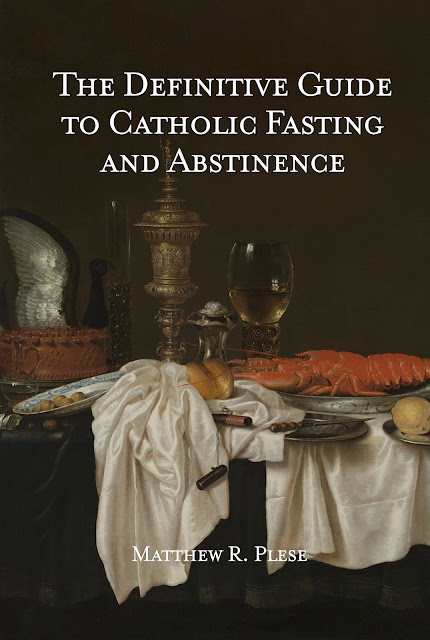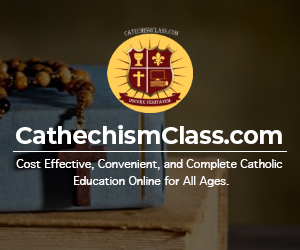Ascentiontide lasts for 10 days and is part of Pascaltide. The first nine days of Ascensiontide include the traditional Octave of the Ascension. The last day in Ascentiontide is the Vigil of Pentecost. Pentecost Sunday, which traditionally has its own octave, follows. Trinity Sunday, the Sunday after Pentecost, officially begins the Season After Pentecost. The total length of Paschaltide, from Easter Sunday to the end of Whitsuntide is 56 days (inclusively).
So what exactly is Ascensiontide and what customs do traditional Catholics observe during this time?
Taking place 40 days after Easter Sunday, the Church celebrates Our Lord's Glorious Ascension into Heaven on Ascension Thursday. The Ascension has three principal parts: the departure of Jesus from earth, His going up into heaven, and taking His place at the right hand of the Father.
It was precisely on the fortieth day after our Lord's Resurrection that He ascended into Heaven.
On the Mount of Olives, the same mount where the Passion began, Our Lord physically ascended into Heaven. At the top of the mount is a chapel in honor of the Ascension and the ground still retains the depressions His sacred feet had left.
Octave of Pentecost
The Feast of Whitsun - the term Whitsunday is another name for Pentecost alluding to the white vestments of the neophytes - is as ancient as that of Easter. The Saturday following the Octave of Pentecost officially begins the Season After Pentecost.
While the Novus Ordo calendar unfortunately only has 2 octaves, traditional Catholics will be familiar with the idea of multiple overlaping Octaves. The practice of celebrating an Octave, while not only traced to the time spent by the Apostles and the Blessed Virgin Mary awaiting the Paraclete, also has its origins in the Old Testament eight-day celebration of the Feast of Tabernacles (Leviticus 23:36) and the Dedication of the Temple (2 Chronicles 7:9). Very truly, Christ did not come to abolish the Old Law but to fulfill it.
By the 8th century, Rome had developed liturgical octaves not only for Easter, Pentecost, and Christmas, but also for the Epiphany and the feast of the dedication of a church.
After 1568, when Pope Pius V reduced the number of octaves (since by then they had grown considerably), the number of Octaves was still plentiful. Octaves were classified into several types. Easter and Pentecost had "specially privileged" octaves, during which no other feast whatsoever could be celebrated. Christmas, Epiphany, and Corpus Christi had "privileged" octaves, during which certain highly ranked feasts might be celebrated. The octaves of other feasts allowed even more feasts to be celebrated.
To reduce the repetition of the same liturgy for several days, Pope Leo XIII and Pope St. Pius X made further distinctions, classifying octaves into three primary types: privileged octaves, common octaves, and simple octaves. Privileged octaves were arranged in a hierarchy of first, second, and third orders. For the first half of the 20th century, octaves were ranked in the following manner, which affected holding other celebrations within their timeframes:
- Privileged Octaves
- Privileged Octaves of the First Order
- Octave of Easter
- Octave of Pentecost
- Privileged Octaves of the Second Order
- Octave of Epiphany
- Octave of Corpus Christi
- Privileged Octaves of the Third Order
- Octave of Christmas
- Octave of the Ascension
- Octave of the Sacred Heart
- Privileged Octaves of the First Order
- Common Octaves
- Octave of the Immaculate Conception of the BVM
- Octave of the Solemnity of St. Joseph
- Octave of the Nativity of St. John the Baptist
- Octave of Saints Peter and Paul
- Octave of All Saints
- Octave of the Assumption of the BVM
- Simple Octaves
- Octave of St. Stephen
- Octave of St. John the Apostle
- Octave of the Holy Innocents





























